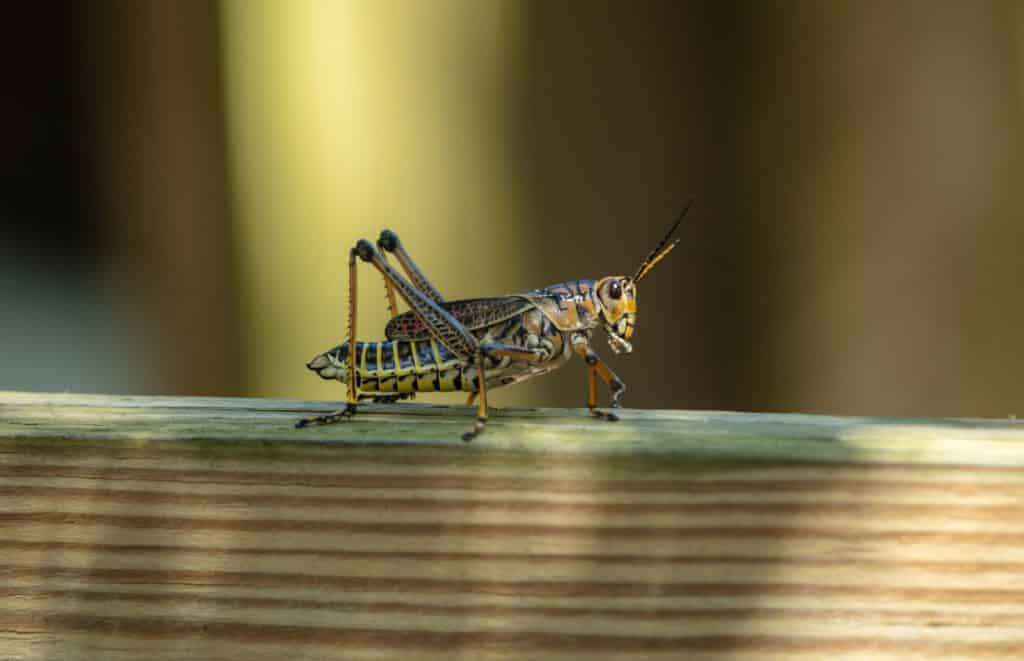
Within recent months, food security concerns have emerged across nations such as Africa, Asia, and the Middle East, as swarms of desert locusts devastate crops. Whilst the same level of damage is not currently being felt in Australia, the threat of infestations extends to this area also, however drone technology is offering a solution.
Earlier in the year, the United Nations Food & Agriculture Organisation (FAO) warned rising locust numbers in the Horn of Africa presented an “extremely alarming and unprecedented threat” to food security and livelihoods. According to the FAO, a swarm of roughly 40 million desert locusts can eat the same amount of food in one day as about 35,000 people. Swarms can be as large as several hundred square kilometres, with as many as 80 million adults per square kilometre.
The FAO is encouraging the use of drones to provide early warning systems that may help prevent locust outbreaks, as a review of records by the Australian Plague Locust Commission has reported eight large outbreaks in Australia since 1930.
Control With Drone Technology
In nature, locusts are controlled by birds, spiders, parasitic flies, and wasps, however these are not effective when numbers explode. Within Australia, locusts are generally controlled by aerial spraying pesticides from light aircrafts. Although, there is no conclusive data on how effective this is.
Drones are now providing an alternative solution to the more expensive use of light aircrafts as they can be used to remotely sense areas, carry out pest surveillance and monitor crop growth. Drone technology also allows for targeted pesticide application through atomiser sprayers that deliver a fine and even spray from liquid.
Drones can also be used in the aftermath of infestations. For instance, recent outbreaks in Kenya have seen the use of drones for post-disaster mapping. These maps, along with satellite information, can provide more accurate assessments of the extent of crop loss.
Throughout Australia, each state and territory has been affected by plague locusts as some point in the past, with outbreaks having occurred in Queensland, New South Wales, Victoria, South Australia, and Western Australia.
There is a growing amount of research developing on the use of drones for pest monitoring and management, with several Australian agricultural consultancy companies offering drone services for crop and soil monitoring. However, in order to determine the best way to control crop damage, there needs to be a level of understanding in regards to the movement of locusts.
With ongoing locust infestations, a rise in extreme weather events, and the interruptions caused by COVID-19, the struggles faced by farmers over the world are compounded. Improving current technology and finding new ways to innovate may help ease this burden in the coming years.
If you are a drone operator based in Australia looking for commercial drone insurance, you can obtain a quote via our online system or by contacting a member of the team.
